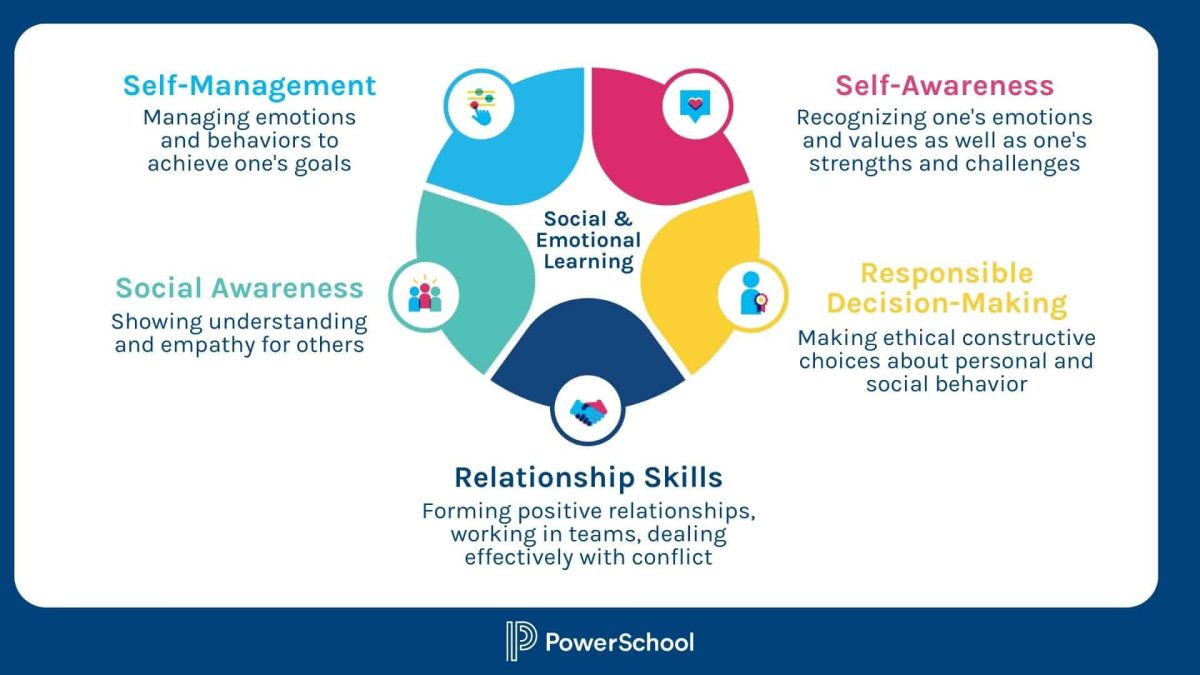A new COVID-19 variant known as NB.1.8.1 has emerged as a growing concern for global health authorities as of late. First detected in early 2025, the variant has quickly spread in over 20 countries, including the US, UK, Thailand, and a multitude of other popular travel destinations. While it has not yet been classified as a “variant of concern,” the W.H.O. has placed NB.1.8.1 on its “variant under monitoring” list due to its rapid spread and mutational status.
NB.1.8.1 is a descendant of the recombinant Omicron lineage known as XDV.1.5.1. This subvariant carries several spike protein mutations that enhance its ability to infect human cells in particular. Scientists have taken an interest in this enhanced transmissibility since it appears to be outpacing many of the currently circulating COVID strains. However, despite this spread, nothing significant has shown that NB.1.8.1 is causing any more severe disease than previous variants. But its ability to bypass some existing defenses within the immune system is concerning regarding future case spikes, especially in under-vaccinated and population-dense regions.
The symptoms of this strain that have been reported thus far are consistent with former Omicron variants, with a few unusual outliers. Reported symptoms include persistent low-grade hyperthermia (instead of a high fever), an irritated and sore throat, persistent cough, headaches and dizziness, gastrointestinal discomfort, extreme fatigue, and “brain fog” (difficulty focusing on normal activities), blurred vision, and loss of appetite. These symptoms are typically experienced mildly to moderately, but effects can be much worse on vulnerable populations, as stated before.
There has been a significant global spread of this strain, which is part of the reason it has seen such apprehension from scientists and the public. Countries like Thailand, for example, have seen a substantial increase in cases, with Bangkok and Chonburi Provinces being impacted the most. Thailand has experienced over 257,000 cases and 52 deaths linked to NB.1.8.1 just this month. Even in the US, the C.D.C. has reported increasing prevalence of the strain in states like Washington and California, where the variant now accounts for a growing percentage of new COVID infections. Travel hubs are being monitored closely as accelerators of the spread of NB.1.8.1.
As with previous strains, being vaccinated against COVID will be significantly protective against NB.1.8.1. 2024-25 vaccines still offer strong protection against this strain, especially when it comes to reducing severe illness, hospitalization, and even death. Booster shot campaigns are crucial, especially for older adults and vulnerable individuals. Health authorities are maintaining the importance of precautions such as staying updated on your vaccinations, monitoring for symptoms, practicing good hygiene, and even potentially wearing masks in crowded or enclosed public spaces. Although the disease is not currently causing any panic, the rapid transmission and unusual symptoms of NB.1.8.1 show that you can never be too careful.


















